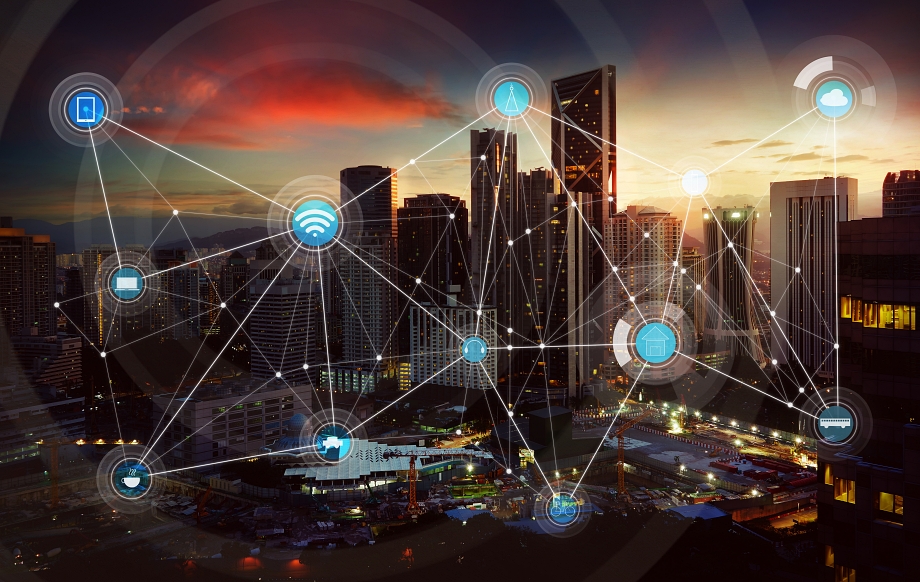
Smart cities are revolutionizing construction methods by employing innovative technologies and data to create more efficient urban areas. They use IoT, artificial intelligence, machine learning, and sustainability to create advanced infrastructure. Contact ITI Technical College today for more information.
These advanced cities enhance urban living through interconnected networks to optimize many city functions. City managers connect communication, energy, transport, water, and waste disposal systems to improve efficiency and sustainability. Drafting and design technicians play a significant role in researching and drawing the plans for these cities of the future.
What Is Urban Planning And Design?
 Urban planning and design support the growth and sustainability of cities and governments. Urban planning concentrates on the broader approach, while urban design zeroes in on the details of design and aesthetics for specific areas. Both areas help improve equity and mitigate and adapt to climate change.
Urban planning and design support the growth and sustainability of cities and governments. Urban planning concentrates on the broader approach, while urban design zeroes in on the details of design and aesthetics for specific areas. Both areas help improve equity and mitigate and adapt to climate change.
Some examples of urban planning include zoning regulations, land use plans, transportation networks, and affordable housing policies. Examples of urban design are public spaces, building layouts, streetscapes, and the revitalization of historic districts. Drafting and design technicians use sketches, engineering notes, construction plans, and computer-aided software to create models for building structures.
Technicians’ Roles In Urban Planning And Design
Drafting and design technicians draw detailed plans for many areas and functions of smart cities. Without them, construction cannot go forth including plans for these areas and more:
|
|
|
|
|
|
|
|
|
|
|
|
|
|
How Technicians Help Shape The Future Of Smart Cities
Drafting and design technicians play pivotal roles in shaping the future of smart cities by translating technological advancements into tangible urban designs. They incorporate features like interconnected infrastructure, data-driven decision-making, and sustainable systems. These
 Specialists essentially lay the blueprints for future cities that are efficient, resilient, and resident-centric. Drafting and design technicians contribute to smart cities in these ways:
Specialists essentially lay the blueprints for future cities that are efficient, resilient, and resident-centric. Drafting and design technicians contribute to smart cities in these ways:
- Adapting emerging technologies to city infrastructure such as AI and blockchain to create future-proof smart cities and keep them updated
- Data visualization and analysis software let technicians visualize large datasets to understand urban patterns better and identify areas for improvement in services and infrastructure
- Designing for connectivity with robust communication networks within urban environments to ensure seamless connectivity for residents and smart city applications – examples include smart streetlights, autonomous vehicles, and public transportation systems
- Integrating IoT devices lets technicians design spaces that seamlessly integrate sensors and other Internet of Things (IoT) devices that enable real-time data collection for monitoring traffic, energy usage, and air quality to facilitate informed decision-making for city planners
- Sustainable design principles guide technicians in using green building technologies like renewable energy sources, efficient water management systems, and optimized building orientations for urban plans and designs to promote sustainability and reduce environmental impact
- 3D modeling and virtual reality tools allow drafting and design technicians to create simulations of proposed urban developments that provide for better stakeholder engagement and identification of potential issues before construction work begins
Impact Of Smart City Design On Urban Life
Drafting and design professionals help plan and design smart cities that provide many benefits for urban dwellers to enjoy, such as:
- Enhanced citizen engagement – Interactive platforms and data visualization tools can empower cities to actively participate in urban planning.
- Enhances energy efficiency – Smart grids and building automation systems can monitor and manage energy consumption which lead to cost savings.
- Improve public safety – Surveillance systems and emergency response optimization can enhance citizen security and safety.
- Improved traffic management – Optimized traffic signal systems based on real-time data can reduce congestion and improve commute times.
Overall, drafting and design technicians play a critical role in translating the vision of smart cities into reality by creating innovative and data-driven urban designs that prioritize sustainability, efficiency, and resident well-being.
How To Enter A Career In Drafting And Design
A smart way to enter a drafting and design career is by earning an Associate of Occupational Studies (AOS) Degree in a Drafting and Design Technology Program. This training prepares you for an entry-level job in many different industries. Request more information about our college and program to help you explore this expanding career.
For more information about graduation rates, the median debt of students who completed the program, and other important information, please visit our website: https://iticollege.edu/disclosures/




